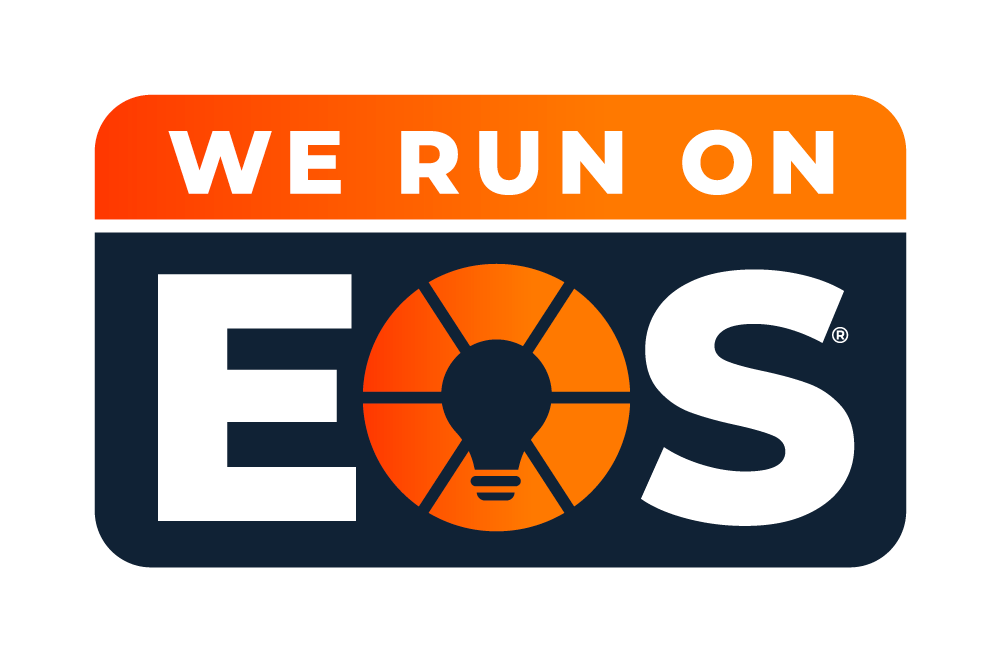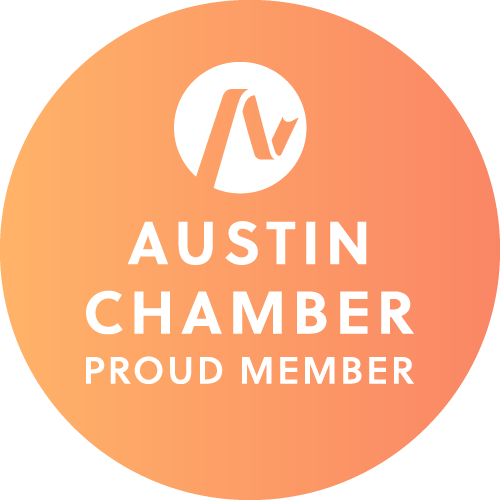
Any business that wants to stand out in today’s digital landscape must understand the foundational elements of SEO. While “SEO” gets thrown around a lot, the reality is that there isn’t just one type. In fact, truly effective SEO is built on three critical pillars: on-page, off-page, and technical SEO.
Each serves a different purpose and works together to boost your visibility, rankings, and traffic. Ignoring any one of these elements is like trying to win a race with a flat tire.
At Good Agency, we specialize in building SEO strategies that are well-rounded and effective. Whether you’re launching a brand-new website or want to improve the one you already have, here’s how each type of SEO works—and why all three are essential to your growth.
1. On-Page SEO: Optimizing What You Control
What It Is:
On-page SEO refers to everything on your website that influences search rankings—content, keywords, meta data, headers, internal linking, schema, and more. It’s the most direct form of SEO because you have full control over these elements.
Why It Matters:
If your site doesn’t clearly tell search engines (and users) what it’s about, you’ll struggle to rank—even with strong backlinks or a technically sound structure. On-page SEO makes your content readable, relevant, and valuable to both people and search engines.
Key Elements to Optimize:
- Meta titles & descriptions: These are your first impression on the search engine results page (SERP). Your meta title and description should be SEO-optimized using target keywords and clearly reflect the content on the page to improve click-through rates.
- Headers (H1-H6): Use only one H1 per page and include your primary keyword. Headers are structured by importance—H1 being the most critical for SEO, followed by H2s, H3s, and so on. As the hierarchy progresses, each level carries less SEO weight, so prioritize important keywords in the higher-level tags.
- Internal linking: include 3–4 internal links per page that point to relevant or cornerstone pages. This helps Google associate specific keywords with the right page on your site, strengthening the connection between your content and the terms you want to rank for.
- URL structure: Keep URLs short, clean, and keyword-rich. Avoid clutter like numbers, special characters, or unnecessary filler words.
- Schema markup: Schema is structured data that helps search engines understand what your content is—whether it’s an article, product, service, or event. Since Google can’t “read” a page the way humans do, schema essentially speaks Google’s language and improves your chances of showing up in enhanced search features like rich snippets.
Implementation Tip:
Use tools like Yoast SEO or RankMath to optimize on-page elements like meta tags and headers. Track keyword performance with Ahrefs or Search Atlas, and validate your structured data using a schema markup validator to ensure it’s implemented correctly. On-page SEO requires ongoing attention—review and refresh your top-performing pages regularly to maintain and improve rankings.
2. Off-Page SEO: Building Authority Beyond Your Site
What It Is:
Off-page SEO encompasses everything that happens outside your website that affects your rankings—primarily backlinks, citations, press releases, and Web 2.0 properties that help establish your site’s authority and trustworthiness in the eyes of search engines.
Why It Matters:
Search engines treat backlinks and third-party references as votes of confidence. The more high-quality, relevant sites that point to yours, the more trustworthy and authoritative your site appears—leading to better rankings, more visibility, and ultimately, more traffic.
Key Off-Page SEO Activities:
- Backlink acquisition: Links from industry publications, blogs, and credible websites are essential. They act as endorsements that search engines pay close attention to.
- Web 2.0s: Creating branded content hubs on platforms like Medium, WordPress.com, Tumblr, and Blogger allows you to publish supporting articles that link back to your main site. When used strategically, these platforms help build topical authority and diversify your backlink profile.
- Citations (NAP consistency): Especially critical for local SEO, citations involve listing your business’s Name, Address, and Phone Number across directories like Google Business Profile, Yelp, Bing Places, Apple Maps, and industry-specific sites. Consistency builds trust with both search engines and users.
- Press releases: Well-written, SEO-optimized press releases distributed through reputable networks can earn your site valuable backlinks, increase brand awareness, and even get picked up by major media outlets. They’re also a great way to control your narrative and build domain authority over time.
- Online reputation & reviews: High-quality reviews on Google, Facebook, and niche directories don’t just influence customer decisions—they also impact your SEO performance.
Implementation Tip:
Make sure your business information is consistent across all major directories to strengthen local SEO signals. From there, build out branded Web 2.0 properties and publish valuable, relevant content that links back to your main site. Press releases shouldn’t be reserved only for major announcements—they’re a powerful way to consistently generate backlinks, boost credibility, and increase your brand’s online visibility. When used regularly as part of your content strategy, these off-page efforts help build trust and give search engines the signals they need to rank your site higher.
3. Technical SEO: The Engine Under the Hood
What It Is:
Technical SEO refers to the backend structure of your website—how easily search engines can crawl, index, and render your content. It’s the invisible foundation that supports every other part of your SEO strategy.
Why It Matters:
Even with great content, poor technical SEO can hurt your rankings. If your site loads slowly or isn’t indexed properly, it won’t show up in search results. A clean sitemap, mobile optimization, and strong server performance are key to keeping your site fast, visible, and stable.
Key Technical SEO Elements:
- Site speed: Faster load times lead to better rankings and lower bounce rates.
- Mobile-friendliness: Your site must function smoothly on all screen sizes.
- Sitemaps & robots.txt: Help search engines find and understand your site.
- Crawlability & indexability: Ensure your pages are accessible and eligible to rank.
- Redirects & 404s: Broken links and outdated pages should be properly redirected to avoid dead ends for both users and search engines.
- Server performance: A reliable server with ample storage keeps your site running quickly and consistently.
Implementation Tip:
Audit your site regularly to catch speed issues, crawl errors, broken links, and 404s. Set up proper 301 redirects for any removed or outdated pages. Keep your sitemap updated and ensure your hosting solution can handle your traffic and growth. A strong technical foundation ensures that everything else—your content, backlinks, and user experience—can deliver results.
Final Thoughts
On-page, off-page, and technical SEO each play a distinct role—but they’re most powerful when working together. Think of them as gears in a machine: when one is out of sync, the entire system loses momentum.
At Good Agency, we take a comprehensive approach to SEO—aligning content, structure, and authority to drive long-term, measurable results. Whether you’re starting fresh or refining your current strategy, our team is here to help you move forward with clarity, confidence, and a plan that actually delivers.
Ready to take your SEO to the next level? Schedule a call with Good Agency today.






